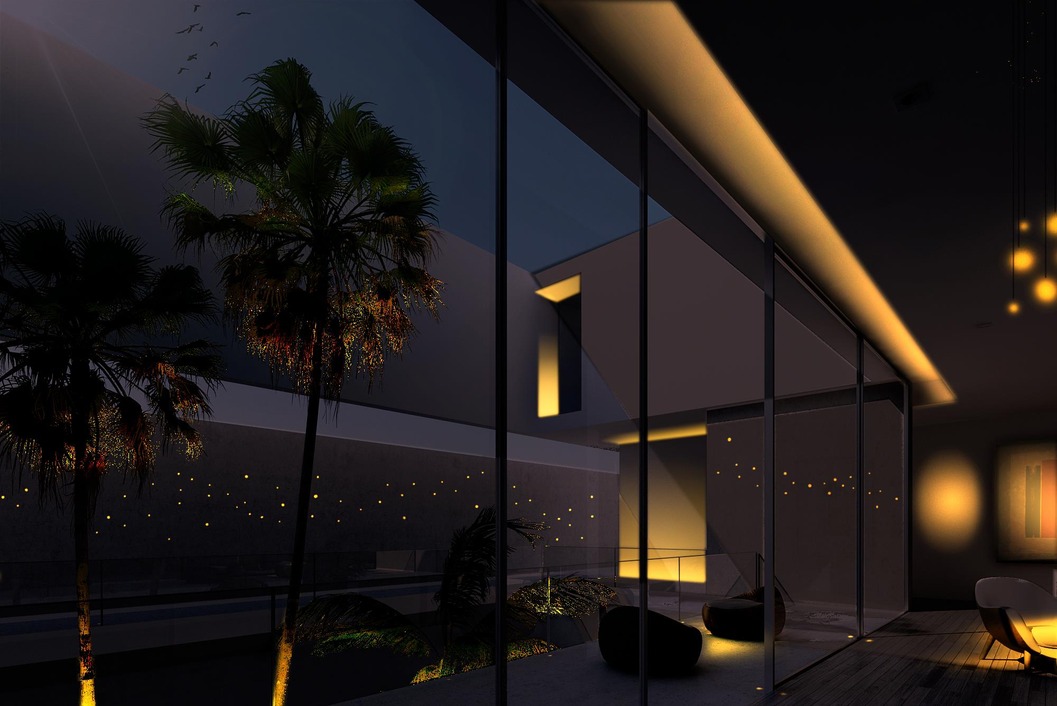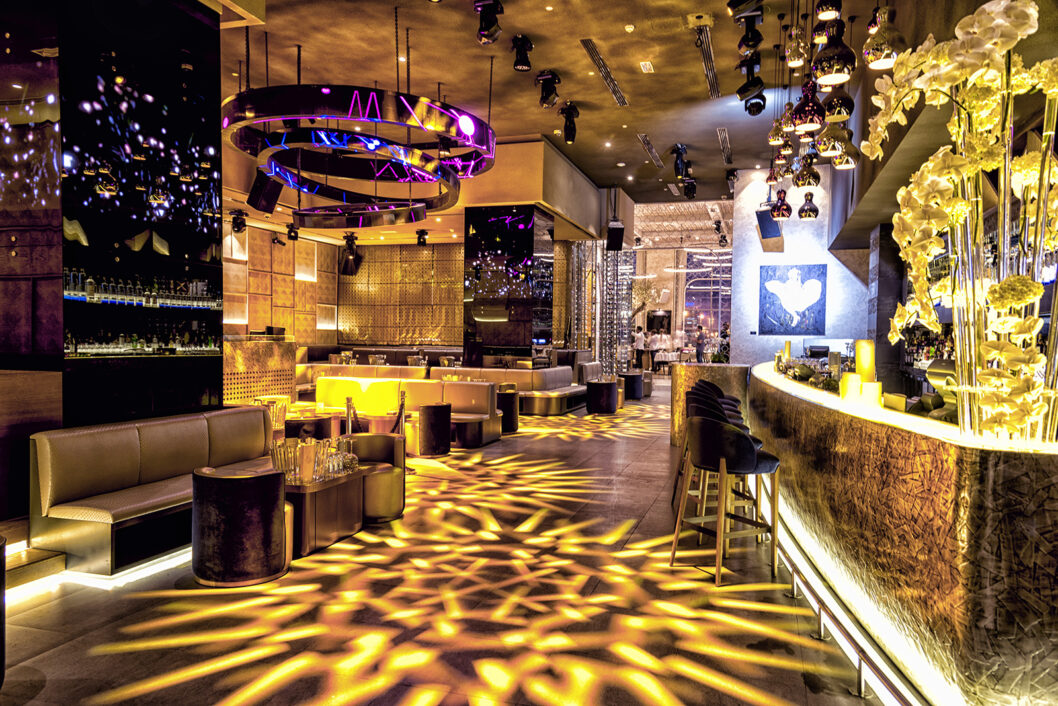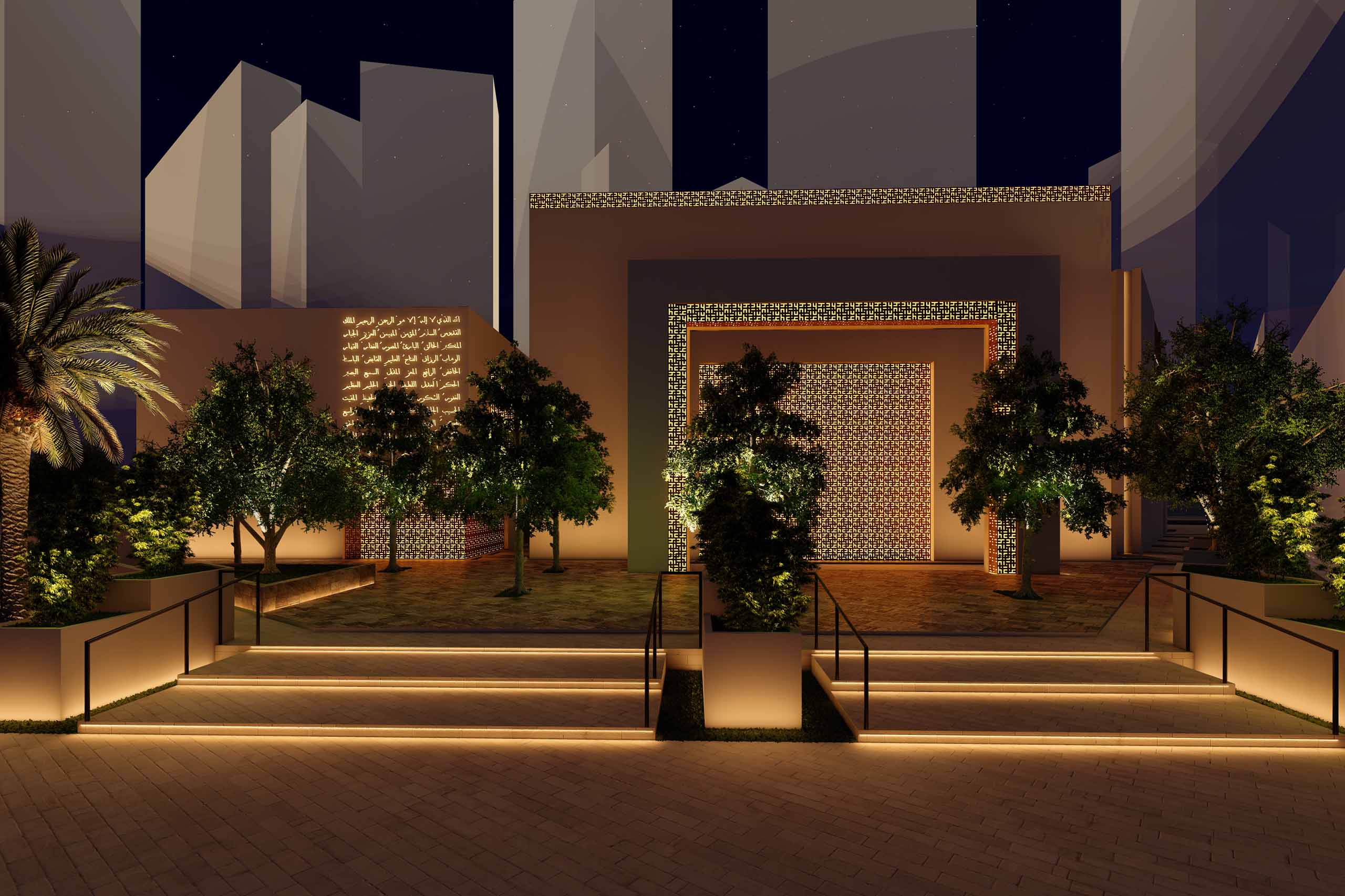Human Centric lighting concepts
Mar 15, 2021
Human – Centric Lighting (HCL) is becoming an increasingly important concept as a solution that supports workforce health and wellbeing to raise the level of productivity. While coronavirus-triggered lockdowns have emptied office buildings around the world, it has not stopped work, and as many companies begin to shift towards increased remote working models for their employees, a new market is emerging for HCL in the growing home workplace market.
HCL incorporates relatively recent scientific discoveries that link particular wavelengths of light to specific biological responses in humans and recognizes that human biology is linked to daily rhythms of sunlight through receptors in the eye and the circadian system.
As lighting designers we have been implementing HCL in both residential and commercial projects more and more – we truly believe that by replicating natural daylight in the workplace, we can help achieve proven results in productivity.
Through different types of LED’s, it’s always been possible for us to deliver lighting concepts that provide a variety in intensity and colour spectrum to emulate the path of sunlight through the day, therefore providing the light signals that set our body clocks, even when indoors for almost the entire day.
The rhythm of light.
At the beginning of the day the office lights mimic natural daylight, providing a useful energy boost. The light levels decrease until after lunch when we give another boost to help staff over the post-lunch energy dip.
This kind of time-controlled lighting system features a ‘circadian-friendly’ lighting sequence, which varies the colour, temperature and intensity during the course of the day. Employees are stimulated during the morning and early afternoon with high illuminance levels and cool indirect white light. At midday and late afternoon, the light levels fall and become warmer.
This means that instead of individuals adapting to static lighting inside office spaces we can begin to slowly adapt our indoor environments to our own circadian rhythm needs.
Lighting for Meetings
Intelligent lighting solutions enable light to be optimised according to aesthetic and functional factors, for example taking into account video conferencing lighting, group gatherings, and other audio/visual requirements.
A flexible lighting scheme with efficient control systems supports the various uses of the meeting room. Ceiling luminaires provide efficient background lighting and lighting for more demanding tasks.
Spotlighting and wall washers light up details or walls and create variation. An easy to operate control panel should contain various light settings to support activities such as e.g. note‐taking, presentations or conversations.
A good presentation light is needed to see the presenter’s face well. This light would need to be synchronized with screen‐based presentations or videos.
Reducing Eye Strain
Inadequate lighting in office space can prompt eye strain and irritation as well as headaches. With the right level of illumination, the number of errors and accidents ultimately decreases, and visual fatigue is reduced. We love to use a combination of floor lamps, overhead lighting with higher watt light bulbs and LED task lamps at each workspace to achieve this.
Beyond the Workplace
As human-centric lighting becomes more common, lighting designers and interior designers will learn to use illumination as a way to complement the body’s natural functions. When this happens, we’ll see more innovation from suppliers, engineers, architects and the construction industry as a whole.








